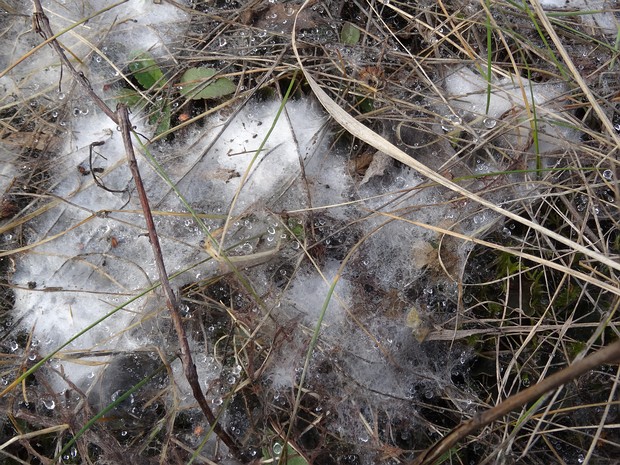Typhulaceae - Тифуловые - Typhula family - Fadenkeulchenverwandte 3/10/15
The Typhulaceae family is a group of basidiomycete fungi belonging to the order Agaricales. This family is characterized by its small, delicate fruiting bodies, which typically grow on decaying plant material or wood.
Members of the Typhulaceae family are characterized by their slender, often thread-like fruiting bodies that may be straight or curved. The fruiting bodies can be simple or branched, and they typically have a tough, fibrous texture.
The spores produced by Typhulaceae fungi are usually elliptical or cylindrical in shape, and they may be smooth or ornamented. The spore print can range from white to pale ochre or light brown in color.
Typhulaceae fungi are saprobic, meaning they obtain nutrients by decomposing dead organic matter. They play an essential role in breaking down plant material and recycling nutrients in ecosystems.
These fungi can be found in various habitats, including forests, grasslands, and peatlands. They are particularly common in damp, shaded environments where decaying plant material is abundant.
The distribution of Typhulaceae fungi is global, with species found in both temperate and tropical regions. Some species have a more restricted distribution, while others are more widespread.
Typhulaceae fungi are not generally considered to be of culinary interest due to their small size and fibrous texture. There are no known toxic species within the family, but they are not typically sought after for consumption.
While some species in the Typhulaceae family have been studied for their potential medicinal properties, including antioxidant and antimicrobial activities, more research is needed to confirm these benefits.
Typhulaceae fungi can serve as bioindicators, as their presence and diversity may reflect the health and ecological conditions of their habitat.
The family Typhulaceae currently contains several genera, including Typhula, Pistillaria, and Sclerotium, among others.
Molecular phylogenetic studies have led to taxonomic revisions within the Typhulaceae family, resulting in a more accurate classification of its members based on genetic relationships.
As a relatively understudied group, the Typhulaceae family offers opportunities for further research in fungal taxonomy, ecology, and potential applications in biotechnology or medicine.
Fungi within the Typhulaceae family can be difficult to identify due to their small size and the need for microscopic examination to distinguish between closely related species.
